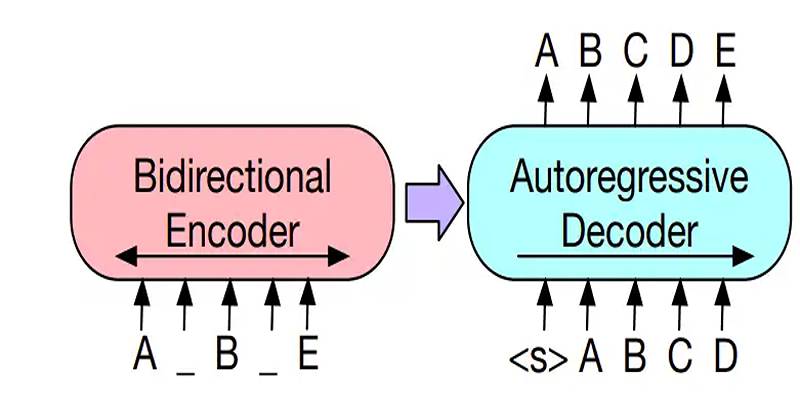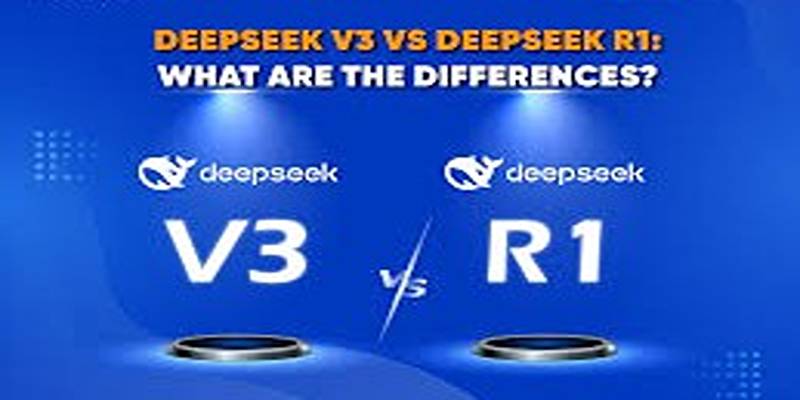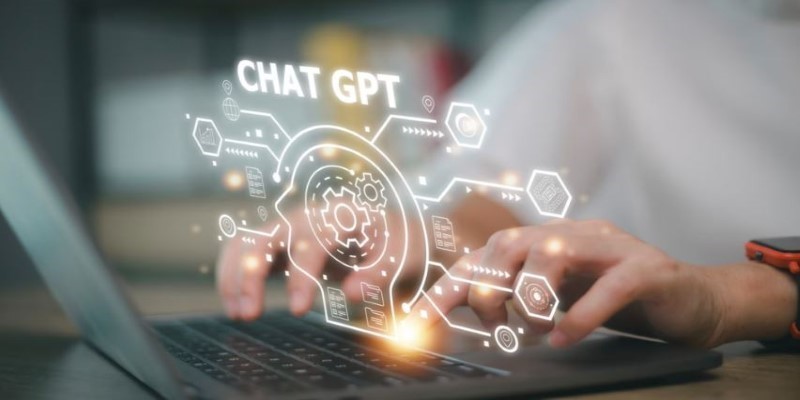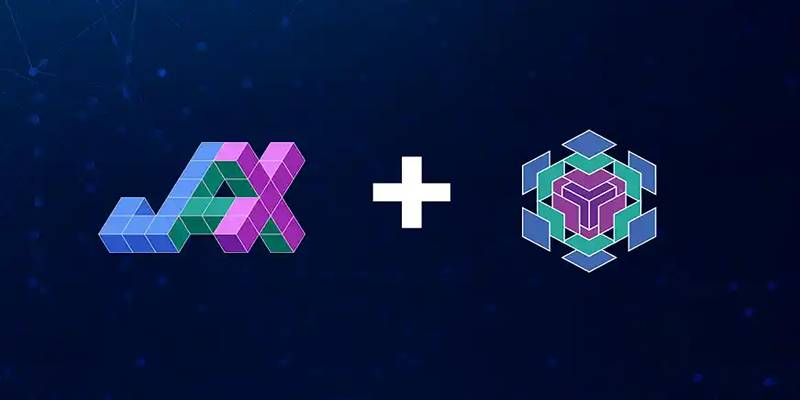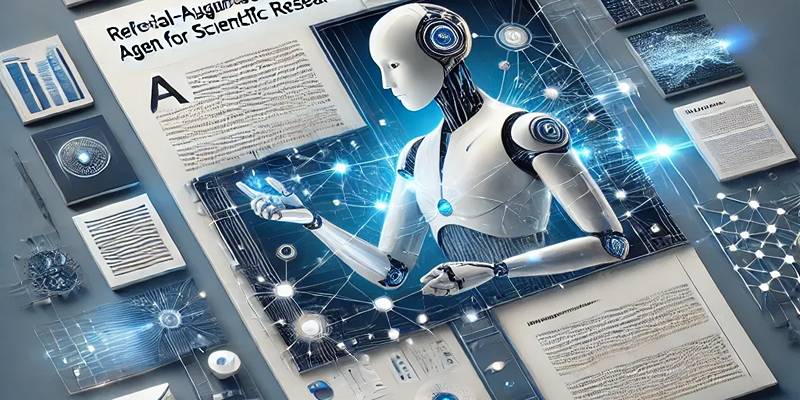The integration of artificial intelligence into scientific workflows has drastically changed the way researchers discover and synthesize information. With the volume of academic publications growing at a staggering pace, the task of locating relevant, reliable knowledge has become more complex than ever. Traditional keyword searches and manual literature reviews are often slow, imprecise, and unable to keep up with this explosion of content.
It is where PaperQA comes in — an innovative Retrieval-Augmented Generative (RAG) system that’s specifically designed to assist researchers in navigating scientific literature. More than just a search engine or chatbot, PaperQA combines retrieval techniques with the power of large language models (LLMs) to find, process, and answer scientific questions using full-text research papers. This post will dive into what PaperQA is, how it works, and why it matters for the future of scientific research.
Why Scientific Research Needs PaperQA
Each year, millions of research papers are published across disciplines, adding to a global database of more than 200 million scientific articles. While this rapid output reflects the progress of science, it also presents a major problem: researchers are struggling to find what they need.
Keyword-based search tools can only go so far. They typically return lengthy lists of papers, many of which may only be marginally related to the query. Worse still, these systems don’t evaluate content quality, context, or relevance to a specific research question.
It is where PaperQA delivers clear value. Focusing on understanding and generating answers from full-text documents — not just abstracts or metadata — enables more accurate and meaningful exploration of scientific knowledge.
PaperQA: An AI Assistant for Academics

Developed by a team of researchers led by Jakub Lala and colleagues, PaperQA is a Retrieval-Augmented Generative agent that assists researchers by:
- Retrieving highly relevant academic papers from databases.
- Analyzing and summarizing content from full-text sources.
- Synthesizing responses using large language models.
- Generating accurate, citation-backed answers to research questions.
Unlike standard AI tools that generate responses based solely on pre-trained data, PaperQA supplements its knowledge dynamically by accessing real, up-to-date scientific papers. This approach ensures that users receive answers grounded in verifiable sources — a key requirement for academic credibility.
How Does PaperQA Work?
PaperQA’s architecture follows a systematic, multi-stage process that mirrors how a human researcher might gather and analyze information. However, it automates each step using AI and natural language processing.
1. Query Input
The user begins by entering a research question or topic. It might be a general query like, “What are the effects of CRISPR in gene editing?” or a more technical question aimed at a specific methodology or dataset.
2. Intelligent Search
PaperQA extracts key elements from the query — such as keywords, relevant dates, and context — and then searches through scientific databases such as arXiv or PubMed. Instead of returning a list of links, it identifies a top selection of relevant documents that can contribute to answering the question.
3. Evidence Gathering and Filtering
Once the system retrieves a set of documents, it breaks them into manageable sections (or "chunks") for easier processing. Using techniques like Maximum Marginal Relevance (MMR), it evaluates which sections are most relevant to the user’s query.
A large language model is then used to:
- Summarize these sections.
- Score their relevance.
- Select the most informative content for the final synthesis.
4. Answer Generation
Based on the selected evidence, PaperQA’s language model crafts a coherent, structured answer that not only addresses the question but includes direct citations and page numbers from the source materials. If the response lacks confidence or evidence, the system can rerun the query with adjustments.
This loop ensures that the final result is both accurate and verifiable, offering users a clear path back to the source documents if they wish to explore further.
What Sets PaperQA Apart?
Several features make PaperQA uniquely suited for the challenges of modern scientific research:
- Contextual Understanding: Instead of scanning for keywords, PaperQA understands the intent behind a query and can retrieve nuanced content from full-text papers.
- Multi-Document Synthesis: It doesn't rely on a single source. PaperQA pulls insights from several papers to create a more complete and balanced answer.
- Autonomous Decision-Making: Through its agentic framework, PaperQA can break down questions into sub-tasks, refine its search strategy, and manage its evidence-gathering process.
- Academic Rigor: Answers are grounded in real research and come with page-level citations, providing full transparency and academic traceability.
These capabilities make PaperQA not just a helper tool but a research companion—particularly valuable for scientists working in fast-evolving fields like biotechnology, machine learning, and medicine.
Applications of PaperQA in Research

While its foundation is in AI and machine learning, PaperQA’s functionality spans across a variety of academic and professional fields. Researchers, students, and even educators can benefit from its features.
Examples of Use Cases:
- Biomedical research: Synthesizing recent findings on gene therapy or vaccine development.
- Environmental studies: Compiling insights from climate reports or conservation studies.
- Computer science: Understanding algorithms or system architectures through technical papers.
- Psychology and social sciences: Aggregating perspectives from behavioral or cognitive studies.
In all these contexts, PaperQA significantly reduces the time spent reviewing literature, allowing more focus on analysis, writing, and experimentation.
Conclusion
PaperQA represents a significant shift in how researchers can interact with and extract value from academic literature. By leveraging a Retrieval-Augmented Generative framework with agentic decision-making, it goes beyond traditional search engines and basic AI tools. It not only finds relevant papers but reads, analyzes, and synthesizes them into well-cited, informative answers.
In a world where the volume of scientific output continues to surge, PaperQA is more than just a tool—it’s a timely solution to a pressing problem. Whether you're drafting a thesis, conducting a systematic review, or exploring a new field, this intelligent assistant can help you turn questions into knowledge—faster, smarter, and with academic precision.

